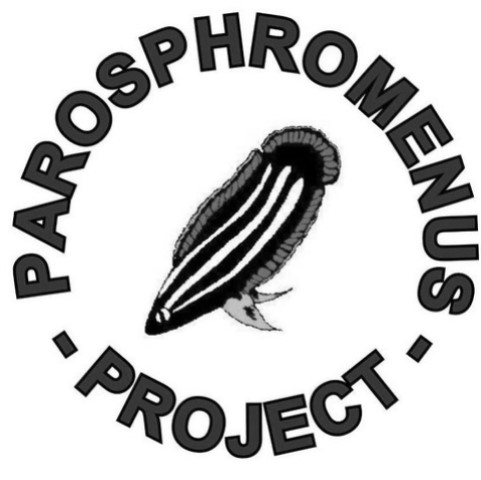Conservation Actions
There are no known conservation actions in place for this species. Research into its population, life history, and threats is needed alongside monitoring of habitat trends and the development of an area-based management plan. Site and habitat protection is also recommended. Public educational programmes should be put in place to raise awareness on the vulnerability of the species due to habitat fragmentation or modification.
Location Information
The species is only known from the Sungai Pawan drainage in southeastern Kalimantan Barat, Indonesian Borneo (Kottelat and Ng 2005).Geographic Range
Extant
Indonesia
Population Information
Current population trends are unknown. Giam et al. (2012) used species distribution data and past rates of peat swamp forest loss to estimate the probability of this species becoming globally extinct due to habitat loss projected to occur between 2010-2050. The probability of extinction of this species was estimated at 17-93%. This estimate is of the probability that the species will eventually become extinct due to habitat loss and is not the probability that it will be lost by 2050 because there may be an extinction time lag.
Threats
Large-scale conversion of peat swamp forests to industrial-scale forestry and monoculture plantations pose a threat to this species (Giam et al. 2012).
Partners
IUCN Red List Account Link
Please click here to see the species' IUCN Red List Account page.Photo Credits
Wentian Shi/Parosphromenus Project



